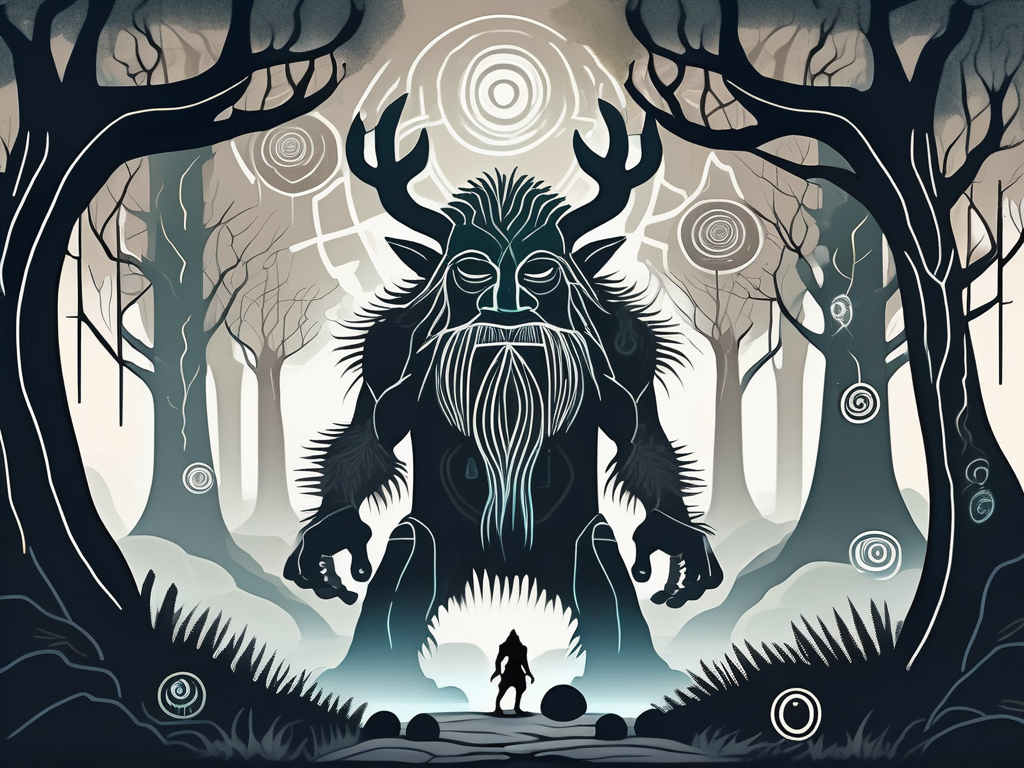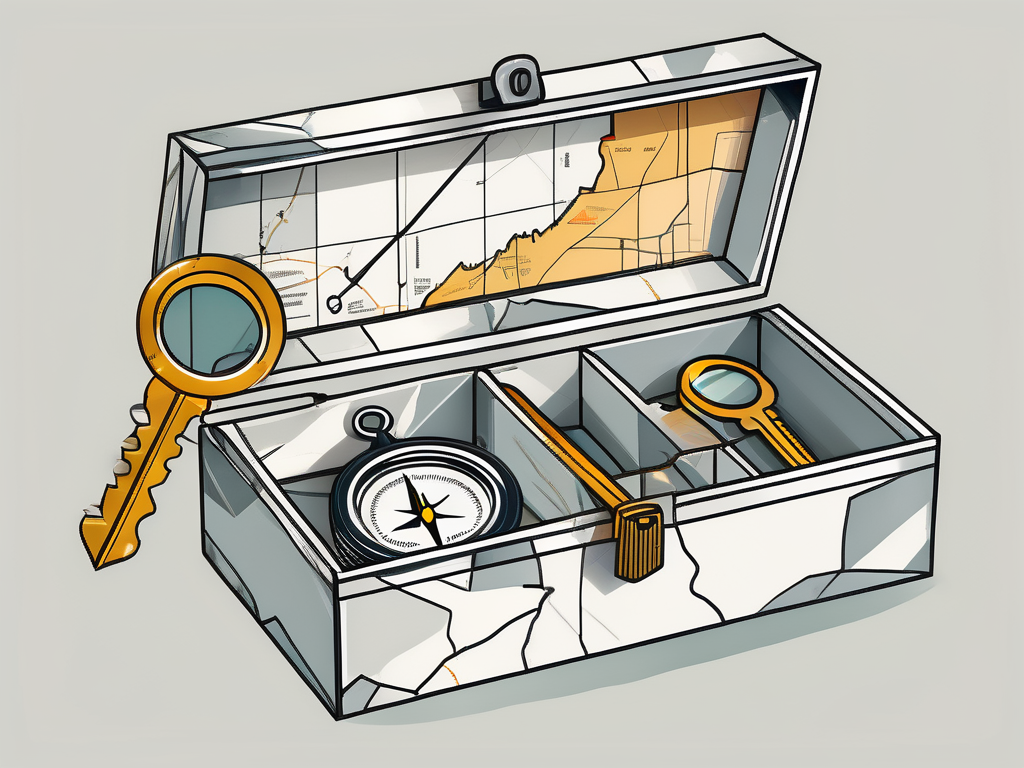If you’re a fan of fantasy, mythology, or just fascinating creatures, then Norse mythology is sure to pique your interest. And when it comes to mythical beings in Norse legends, one group stands out: the trolls. These enigmatic creatures play a significant role in Norse mythology, captivating our imaginations with their unique characteristics and intriguing stories. In this article, we’ll delve deep into the world of Norse mythology trolls and uncover their origins, their types, their powers, and their influence even in modern interpretations.
Understanding Norse Mythology
Before we dive into the realm of trolls, let’s take a quick look at Norse mythology itself. It is a complex and rich belief system that originated from the Norse people who inhabited the Scandinavian region centuries ago. Norse mythology comprises a vast collection of gods, goddesses, giants, and other mythical beings, each with their own fascinating tales.
The Norse people, with their deep connection to nature and the harsh realities of their environment, developed a mythology that reflected their understanding of the world. These myths served as a way to explain natural phenomena, morality, and even the creation of the universe. Passed down through generations, these myths and legends have captivated the imagination of countless people throughout history.
One of the key themes in Norse mythology is the cyclical nature of time. Unlike linear concepts of time found in other mythologies, the Norse believed in a never-ending cycle of creation and destruction. This cyclical view of time is reflected in the stories of the gods and their constant battles against the forces of chaos and destruction.
Another important theme in Norse mythology is the inevitability of fate. The concept of fate, or “wyrd,” permeates the myths and legends, highlighting the idea that every action and decision has consequences that cannot be avoided. Even the gods themselves are subject to the workings of fate, which adds a sense of realism and depth to the stories.
Furthermore, Norse mythology explores the delicate balance between order and chaos. The gods and goddesses, with their distinct personalities and powers, play essential roles in maintaining harmony in the universe. From Odin, the wise and all-knowing ruler of Asgard, to Thor, the mighty god of thunder, each deity contributes to the cosmic order in their own unique way.
These themes interweave to create a vibrant and intricate tapestry of stories that continue to inspire and intrigue us to this day. Whether it’s the epic adventures of Thor as he battles giants and other mythical creatures, or the tragic tale of Balder, the beloved god of light, Norse mythology offers a wealth of captivating narratives that delve into the depths of human nature and the mysteries of the universe.
The Origins of Norse Mythology
Norse mythology finds its roots in the pre-Christian beliefs of the Norse people. As they navigated the harsh landscapes of Scandinavia, the Norse developed a deep reverence for the natural world and its powerful forces. They believed that the world was inhabited by a multitude of divine beings who controlled various aspects of existence.
These early Norse myths were passed down orally from one generation to the next, with storytellers weaving tales of gods, heroes, and monsters around the fireside. The myths served as a way to make sense of the world and to pass on cultural values and traditions.
Over time, as the Norse people encountered other cultures through trade and exploration, their mythology began to evolve and incorporate new influences. The Vikings, known for their seafaring prowess, brought back stories and ideas from their travels, enriching the tapestry of Norse mythology.
With the advent of Christianity in the Scandinavian region, Norse mythology gradually faded into the background, but it never truly disappeared. The stories and characters continued to live on in the hearts and minds of the people, preserved in sagas and poems that celebrated the heroic deeds of the gods and their mortal champions.
Key Themes in Norse Mythology
One distinctive aspect of Norse mythology is its emphasis on the cyclical nature of time and the inevitability of fate. The Norse believed that the world was in a constant state of flux, with creation and destruction occurring in an eternal cycle. This belief is reflected in the stories of Ragnarok, the apocalyptic battle that marks the end of one age and the beginning of another.
Another key theme in Norse mythology is the concept of honor and heroism. The Norse people valued bravery, loyalty, and self-sacrifice, and these virtues are often portrayed in the myths. Heroes such as Sigurd the Dragon Slayer and Beowulf embody the ideals of the Norse warrior, facing incredible challenges and overcoming them through their strength and cunning.
The gods themselves also exemplify these virtues, with Odin, the Allfather, leading by example. Known for his wisdom, Odin is willing to make great sacrifices, even sacrificing his own eye to gain knowledge. This willingness to sacrifice for the greater good is a recurring theme in Norse mythology.
Furthermore, Norse mythology explores the delicate balance between order and chaos. The gods and goddesses, with their distinct personalities and powers, play essential roles in maintaining harmony in the universe. From Freya, the goddess of love and beauty, to Loki, the trickster god, each deity contributes to the cosmic order in their own unique way.
These themes, along with countless others, form the foundation of Norse mythology. They provide a glimpse into the worldview of the Norse people and offer insights into their values, beliefs, and aspirations. Whether you are a scholar, a fan of fantasy literature, or simply curious about the ancient myths of the Norse, exploring the rich tapestry of Norse mythology is a journey that will both educate and inspire.
The Role of Trolls in Norse Mythology
Now, let’s turn our attention to the trolls themselves and uncover their significance in Norse mythology. In ancient texts, trolls are often depicted as mysterious and powerful beings, often associated with the wilderness and the forces of nature.
The Depiction of Trolls in Ancient Texts
Ancient Norse texts describe trolls as towering and brutish creatures, with immense physical strength and endurance. They are often depicted with gnarled and twisted features, reflecting their close connection with nature and their rugged surroundings.
Trolls’ Influence on Norse Culture and Beliefs
Trolls played a crucial role in Norse culture and beliefs. They were feared and respected by the Norse people, as they were believed to possess great magical powers and the ability to shape-shift into various forms. They were also associated with particular landscapes, such as mountains, forests, and the sea, giving them a strong connection to these natural elements.
Different Types of Trolls in Norse Mythology
Within Norse mythology, trolls are not a singular entity but rather a diverse group with distinct characteristics. Let’s explore the different types of trolls that roam the enchanting realms of Norse mythology.
Mountain Trolls
The mountain trolls are formidable creatures that dwell in the rocky peaks and caverns of the mountains. They are often described as colossal beings with immense physical strength, capable of hurling boulders and causing landslides with a single blow.
Forest Trolls
Forest trolls are entities of the woodlands, shrouded in mystery and hidden amongst the ancient trees. In Norse folklore, they are believed to possess an intimate connection with the forests and the creatures that inhabit them. These trolls are known for their stealth and cunning, making them formidable adversaries to those who dare to enter their domain.
Sea Trolls
As the name suggests, sea trolls are closely associated with the vast oceans and tumultuous waters. These trolls are said to reside deep beneath the sea’s surface, lurking in the depths and occasionally venturing onto land. In Norse mythology, they are often depicted as formidable and unpredictable beings, capable of summoning storms and causing havoc at sea.
The Powers and Abilities of Norse Trolls
One of the reasons trolls have captured the imaginations of people for centuries is their extraordinary powers and abilities. Let’s take a closer look at what makes these mythical creatures truly remarkable.
Physical Strength and Endurance of Trolls
Trolls are renowned for their exceptional physical strength and endurance. Legends depict them as beings capable of tremendous feats, such as lifting enormous rocks or going days without rest. This remarkable stamina contributes to their reputation as formidable opponents.
Magical Abilities of Trolls
Aside from their unmatched physical prowess, trolls are believed to possess powerful magical abilities. From shape-shifting into various forms to manipulating the elements, trolls can bend the forces of nature to their will. These magical gifts grant them an air of mystery and make them even more intriguing entities in Norse mythology.
Trolls in Modern Interpretations
As ancient myths and legends continue to inspire storytellers, trolls have found their way into modern interpretations of Norse mythology. Let’s explore their presence in literature and film, as well as how the image of trolls has evolved over time.
Trolls in Literature and Film
Trolls have become a popular subject in literature and film, captivating audiences of all ages. From J.R.R. Tolkien’s iconic portrayal of trolls in “The Hobbit” to more recent representations in fantasy novels and movies, these creatures continue to fascinate and enthrall readers and viewers worldwide.
The Evolution of the Troll Image
As time has passed, the image of trolls has evolved, reflecting changing cultural perspectives and artistic interpretations. While traditional depictions of trolls portrayed them as fearsome and malevolent creatures, contemporary interpretations often explore their complexities and reveal their more compassionate and misunderstood sides.
In conclusion, exploring the world of Norse mythology trolls provides a captivating journey into a rich tapestry of ancient beliefs and fascinating creatures. From their origins in Norse mythology to their different types, powers, and influence in modern interpretations, trolls continue to capture our imagination and remind us of the enduring allure of mythology.












